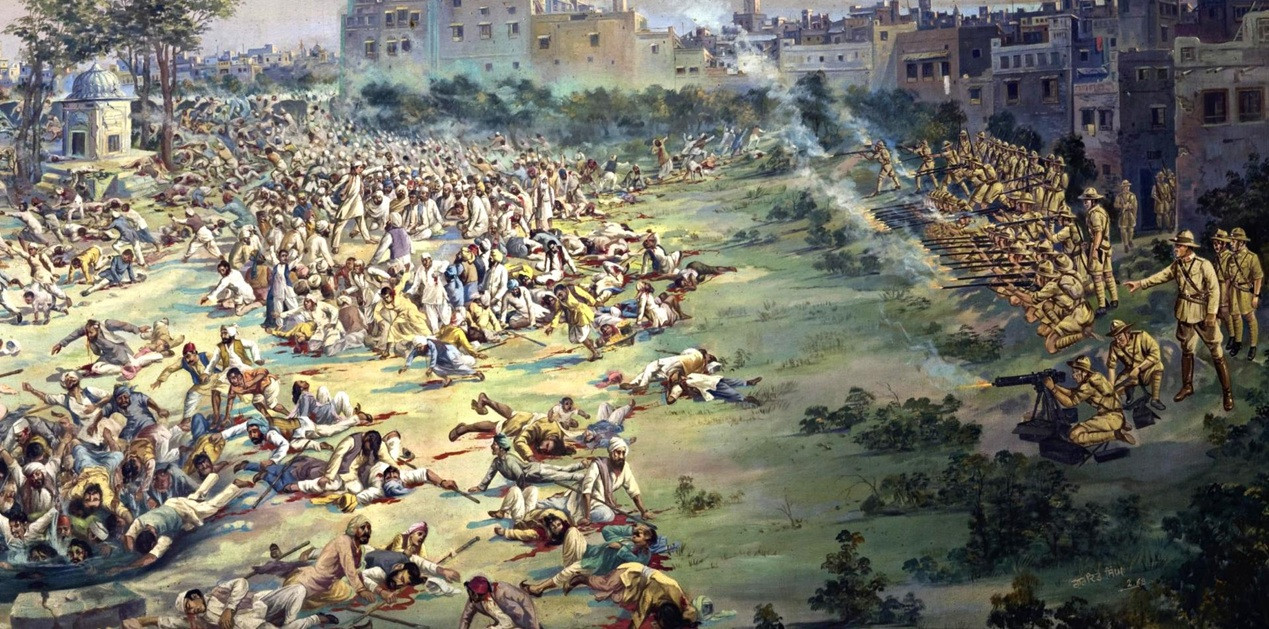The Spanish Inquisition: Torture in the Name of Faith
In 1478, under the reign of King Ferdinand II of Aragon and Queen Isabella I of Castile, the Catholic Monarchs of Spain established one of the most feared institutions in European history — the Spanish Inquisition. Its goal was simple yet terrifying: to defend the purity of the Catholic faith by identifying and punishing heresy.
The Birth of an Inquisition
Following the Reconquista, when Christian kingdoms reclaimed Spain from Muslim rule, the monarchs wanted to unite their lands under one religion — Catholicism. Many Jews and Muslims had converted to Christianity, some genuinely, others under pressure. The Inquisition was created to root out “false converts” — those suspected of secretly practicing their old faith. (Encyclopedia Britannica)
The Methods of Fear
Accusations of heresy were often based on rumors, personal grudges, or jealousy. Once accused, a person was arrested, stripped of property, and imprisoned. Torture was frequently used to extract confessions — devices like the rack, the strappado (suspension by the arms), and water torture were among the most infamous tools of the inquisitors. (History.com)
The trials were secret, the accusers anonymous, and the outcomes often predetermined. A public spectacle known as an auto-da-fé (“act of faith”) would follow — a ritual in which condemned heretics were paraded before crowds, forced to confess, and sometimes burned alive at the stake.
Victims of the Inquisition
Over its 350-year history, historians estimate that tens of thousands were executed, and many more tortured or imprisoned. While exact numbers vary, the psychological terror was enormous. The Inquisition targeted converted Jews (conversos), Muslims (moriscos), Protestants, alleged witches, and anyone whose beliefs or behavior challenged Church orthodoxy. (BBC Religion)
Power, Politics, and Control
The Inquisition was not only about religion; it was a tool of power. It helped Ferdinand and Isabella strengthen their control over Spain by suppressing dissent and enforcing political unity under the Church. It also became a way to seize property from accused individuals, enriching both the state and the Church.
The Decline and End
By the 18th century, Enlightenment ideals of reason and tolerance began to erode the authority of the Inquisition. In 1834, Queen Isabella II finally abolished it. But its legacy — centuries of fear, forced conversions, and executions — remains one of the darkest stains on European history.
The Legacy of Terror
Today, the Spanish Inquisition stands as a warning of what happens when religion and absolute power merge. It serves as a grim reminder that moral righteousness, when weaponized, can justify even the most inhuman acts.
“The Inquisition was not only a religious tribunal; it was a psychological empire built on fear.” — Historian Henry Kamen
Memorials and museums across Spain, especially in Seville and Toledo, now educate visitors about this era of oppression, preserving the memory of those who suffered under its name.
Why It Still Matters
The story of the Spanish Inquisition is more than ancient history. It echoes in modern times whenever intolerance, censorship, and blind obedience threaten freedom of belief. Remembering its victims keeps the lessons of history alive — that no faith should ever be defended through fear.



